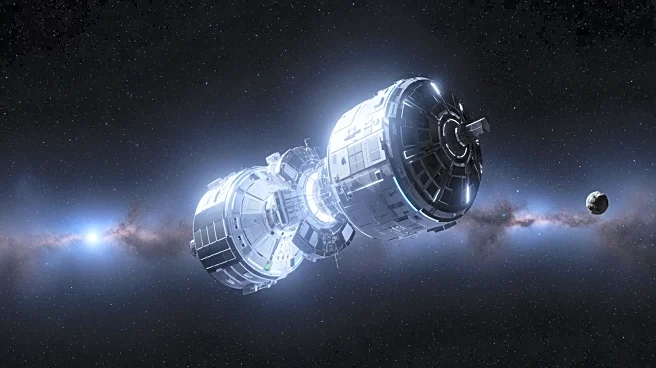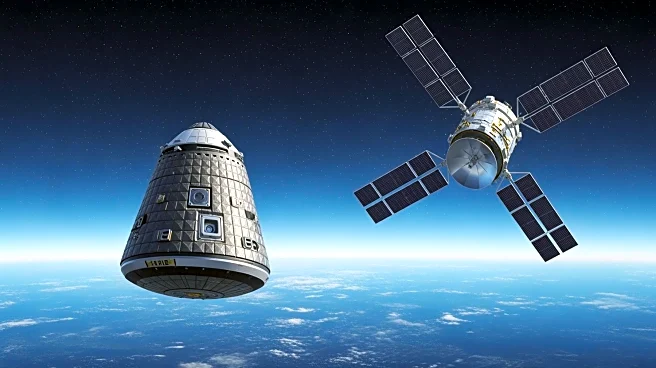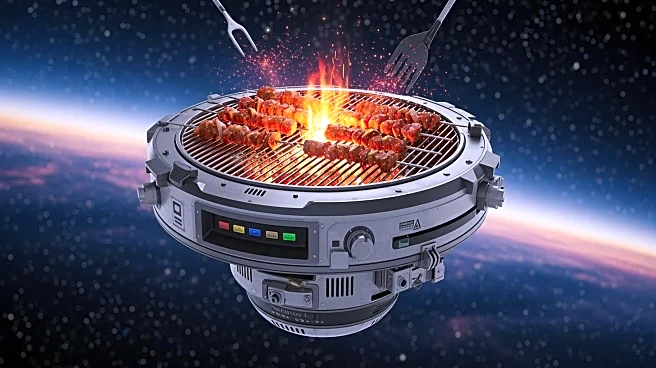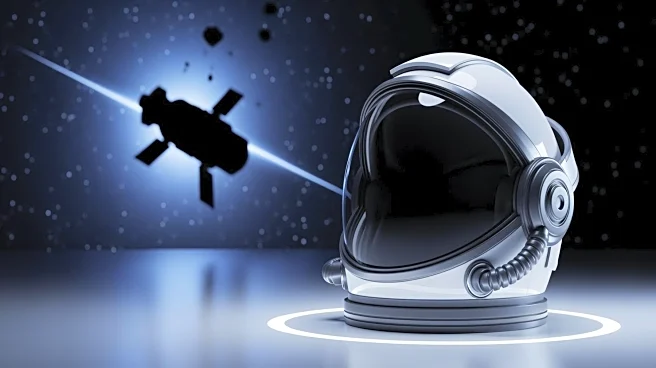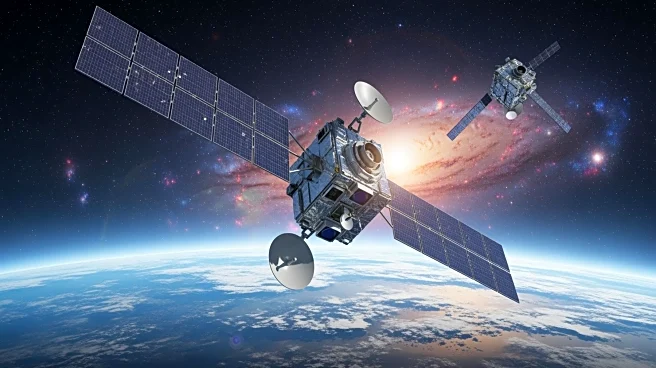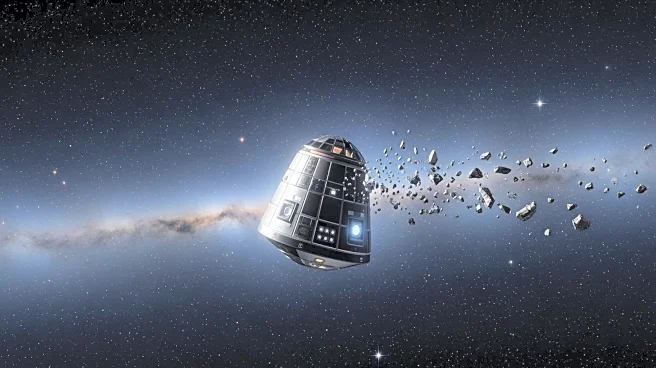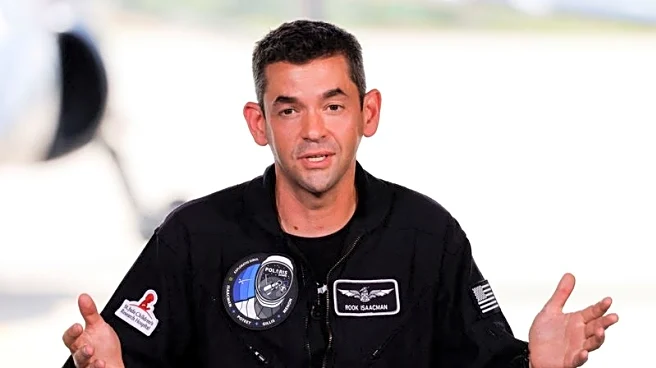What's Happening?
Astronauts aboard China's Tiangong space station have successfully used a newly installed oven to prepare a barbecue meal, marking a milestone in space cooking. The oven, which functions similarly to an air fryer, was used by the crew of the Shenzhou
20 and Shenzhou 21 missions to cook chicken wings. This development is part of efforts to improve the living conditions and psychological well-being of astronauts by providing them with comforts reminiscent of home. The oven operates efficiently without overloading the station's power grid and ensures smokeless cooking in microgravity, a crucial feature for maintaining safety aboard the space station.
Why It's Important?
The introduction of the oven on Tiangong represents a significant advancement in space technology, particularly in enhancing the quality of life for astronauts. Providing hot meals can help maintain morale and psychological stability, which are essential for long-duration missions. This innovation also highlights China's growing capabilities in space exploration and its commitment to improving the living conditions of its astronauts. The successful implementation of such technology could influence future designs of space habitats and contribute to international efforts in space exploration.
What's Next?
The oven is designed for up to 500 uses, indicating its long-term integration into the space station's systems. This could lead to more diverse and nutritious meal options for astronauts, potentially improving their health and performance during missions. As space agencies continue to explore long-term missions, such innovations may become standard in future space station designs, influencing international collaborations and technological developments in space habitation.
Beyond the Headlines
The ability to cook in space not only enhances the astronauts' experience but also serves as a demonstration of China's technological advancements in space exploration. This development may encourage other space agencies to invest in similar technologies, fostering international cooperation and competition in space innovation. Additionally, it raises questions about the future of space tourism and the potential for more comfortable living conditions in orbit.


